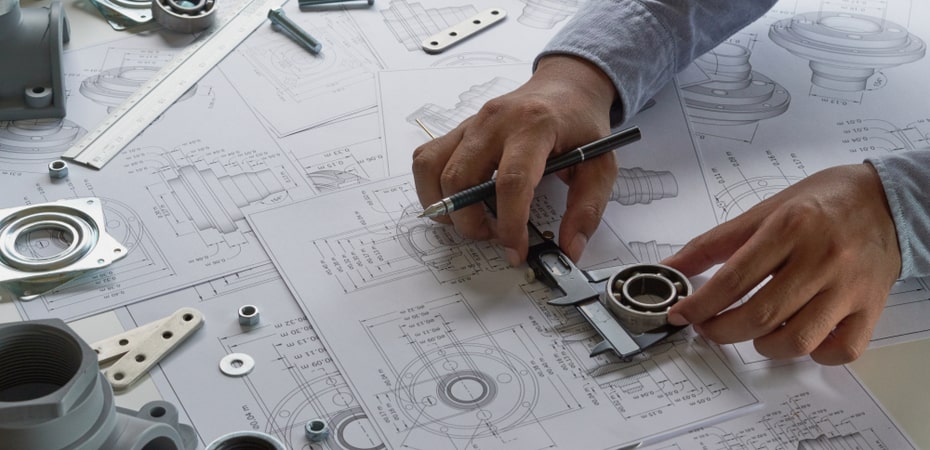- Office No.– G22, Second Floor, Sector 3, Noida, Uttar Pradesh 201301
- 01204535507, +91-7011962266
Industrial Design Rights

Main objectives of Industrial Design Rights
The main objectives of industrial design rights are to protect the unique and ornamental aspects of a product’s visual appearance, fostering innovation, and providing a competitive edge to designers and businesses. Industrial design rights, often granted through design patents or registrations, aim to safeguard the aesthetic elements that contribute to the overall appeal and marketability of a product. One of the primary goals is to encourage creativity and design innovation by granting exclusive rights to the creators of visually distinctive products. By offering legal protection for the external appearance, configuration, or ornamentation of an item, industrial design rights prevent unauthorized copying or imitation by competitors. This protection, in turn, promotes fair competition, as designers can confidently invest time and resources in developing new and visually appealing products without fear of immediate replication. Additionally, industrial design rights contribute to the overall economic and cultural development by encouraging the production of aesthetically pleasing and functional items.
We are Always Ready to Assist Our Clients
The Advantages of Industrial Design Rights
Obtaining industrial design rights provides several advantages for designers, businesses, and the overall marketplace. Some key advantages include.
- Exclusive Rights to Aesthetic Elements: Industrial design rights grant exclusive protection to the visual and ornamental aspects of a product. This exclusivity allows designers and businesses to prevent others from replicating or imitating the distinctive visual features of their creations.
- Market Differentiation: Design rights help products stand out in the market by offering unique visual features. This differentiation is particularly valuable in industries where aesthetics play a crucial role in consumer preferences.
- Brand Enhancement: Protecting the design of a product through industrial design rights contributes to brand enhancement. Consumers often associate certain visual elements with a brand, and this protection helps maintain a consistent and recognizable brand image.
- Increased Commercial Value: Products with protected industrial designs often have increased commercial value. The exclusivity provided by design rights can make a product more desirable to consumers and potentially command higher prices in the marketplace.
- Incentive for Innovation: Industrial design rights serve as an incentive for designers and businesses to invest in innovative and aesthetically pleasing product designs. Knowing that their creations are protected, designers are more likely to explore new and creative design solutions.
Process of Industrial Design Rights
Determine Eligibility:
- Confirm that the design is eligible for industrial design protection. In most jurisdictions, industrial design rights cover the ornamental or aesthetic aspects of a product that are not solely functional.
Conduct a Design Search:
- Perform a search to ensure that the proposed design is novel and does not infringe on existing industrial designs. This step helps identify potential conflicts and informs the decision to proceed with the application.
Document the Design:
- Create detailed documentation, including drawings, photographs, or other representations, that clearly depict the design. This documentation should accurately represent the visual features for which protection is sought.
File the Application:
- Submit an application for industrial design rights to the relevant intellectual property office. Include the necessary documentation and information, such as the name and address of the applicant, a description of the design, and any priority claims.
Examination by the Intellectual Property Office:
- The intellectual property office reviews the application to ensure it meets the formal requirements and complies with the relevant laws and regulations. This may include assessing the novelty and non-obviousness of the design.
Publication of the Design:
- After a successful examination, the design is often published in an official industrial design journal or database. This publication provides notice to the public about the existence of the design.
Opposition Period (if applicable):
- In some jurisdictions, there may be a designated period during which third parties can file oppositions to the registration of the industrial design. If no oppositions are filed or are successfully resolved, the process continues.
Grant of Industrial Design Rights:
- If the application meets all requirements and there are no successful oppositions, the intellectual property office grants industrial design rights. The applicant is issued a certificate or registration document confirming the exclusive rights to the design.
Get in Touch
Please, fulfill the form to get a consultation. After processing the data, a personal manager will contact you.


